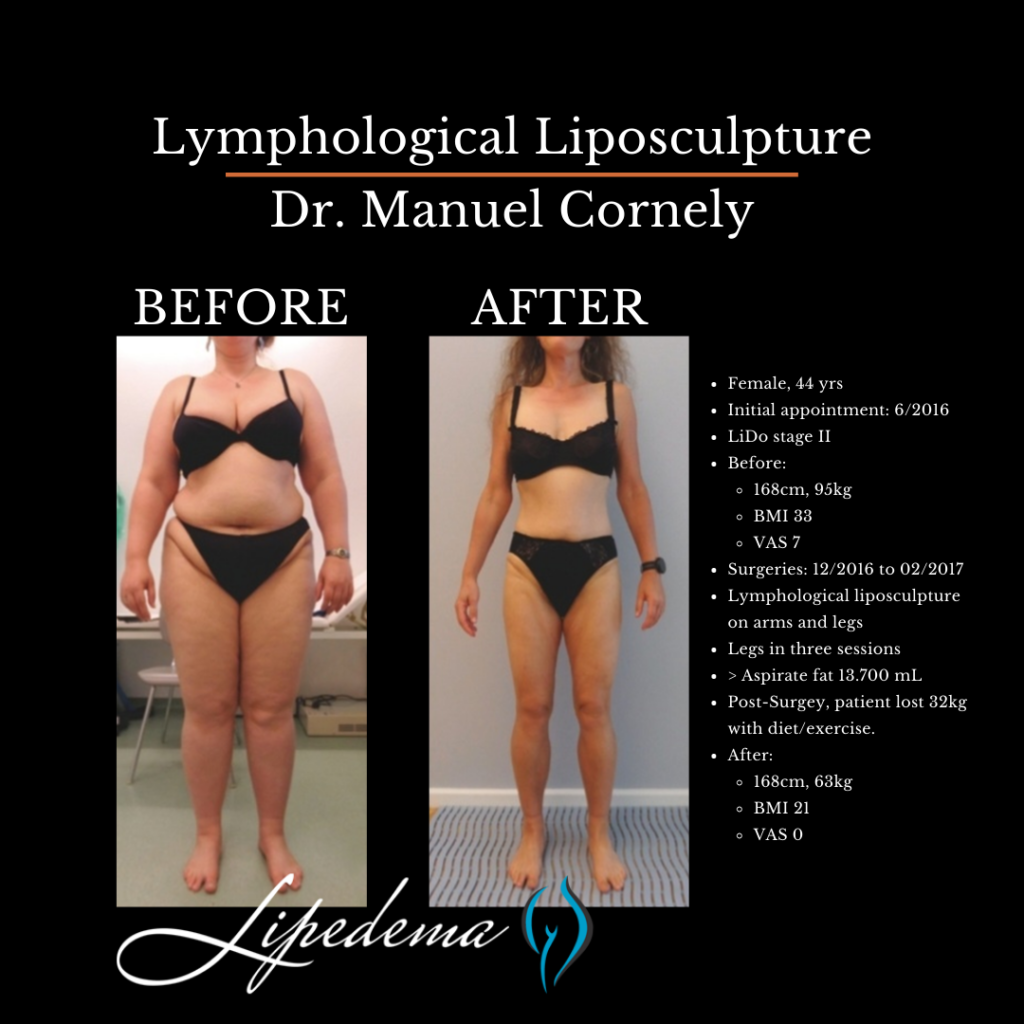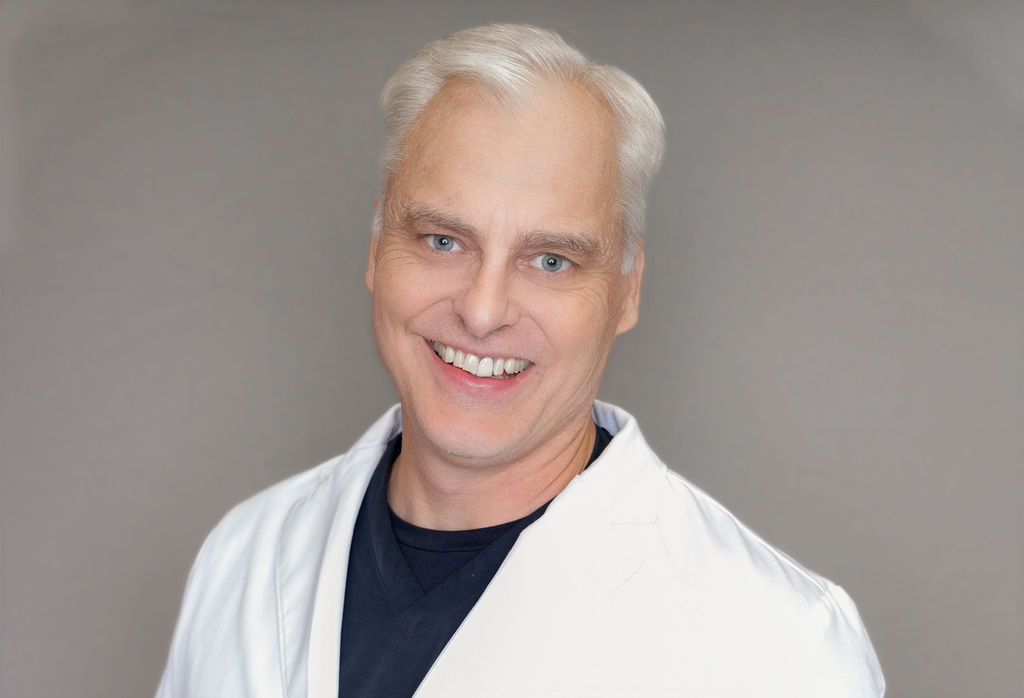
Cause of Lipedema (or LiDo): A Comprehensive Theory by Dr. Manuel Cornely
Dr. Manuel Cornely presented at the American Venous and Lymphatic Society Annual Congress, providing the audience with insights into his experiences diagnosing and treating patients with Lipedema (or LiDo – Lipohyperplasia Dolorosa).
Cornely Performed his First suction for lipedema in 1997, and it may have been the first suction-assisted surgery on Lipedema! Below we’ve summarized his experience over the last 2.5 decades and the process he’s spearheaded in treating Lipedema patients.
What is Lipedema?
Lipedema is caused by a high-volume lymphatic insufficiency, which leads to the building of lipids and fibrosis in the affected tissue of the arms and/or legs. He published his findings in the Forum Lymphologie in 2011, referring to Lipedema as “lipohyperplasia Dolorosa” or ” LiDo.”
He observed that the individual fat cell sizes were normal, but the number of fat cells was increased, i.e., caused Lipohyperplasia. He also outlined the painful nature of lipedema tissue, i.e, Dolorosa. He insists a patient cannot have lipedema unless she has pain in her affected areas.
Lymphological Liposculpture Step 1: 3-D Suction
The gel-like fat dissolved by a tumescent solution that has set in the tissue for at least half of an hour is aspirated down to the displacement layer close to the cutis; all firmer tissues such as vessels, nerves, connective tissue ground substance, and fibers remain undamaged.
The “Lymphological Liposculpture” induces a tightening of the skin because the preparation with TLA and the three-dimensional removal acts like a stretchy plastic.
The subcutaneous space fills with connective tissue. Since tissue from fibroblasts weighs heavier than fat, the patient’s weight is not changed by the fat resection. Instead, it is equilibrated.
The operation always starts close to the fascia – deep in the three-dimensional tissue – and first removes the profound fat cell layer. Then, the middle layer of fat is removed successively up to the superficial layer directly under the cutis. A fat layer of 0.5 cm should be left immediately under the skin.
Overly aggressive suction should be avoided as it can lead to retraction and furrow formation. The intraoperative control of the skin fold thickness decides the end of the “Lymphological Liposculpture.”
Lymphological Liposculpture Results
Antonio (44 female) had her initial appointment with Dr. Cornely in June 2016. She was diagnosed at that time with LiDo Stage II, weighing 95 kgs and with a BMI of 33.

Surgeries were completed in December 2016 and June 2016. Her legs were done in three sessions, and through all sessions, 13.700 mL of lipedema fat was removed from her arms and legs. Through diet and exercise following the procedures, Antonia lost an additional 32 kgs, resulting in a new weigh-in of 63 kgs and a BMI of 21.







